Music • Photography • Writing

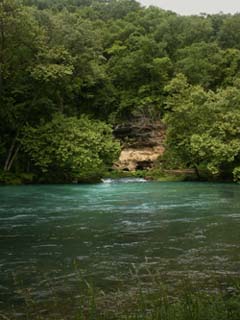
Missourians must feel some pressure at being referred to as the "Show Me State." Certainly when they named Big Spring, they knew people would want to be shown a BIG SPRING. And that's just what you get: Big Spring puts out around 150 million gallons of water a day. All the water you see in the foreground of this picture flows from the spring located below the rocky area in the center of the picture.
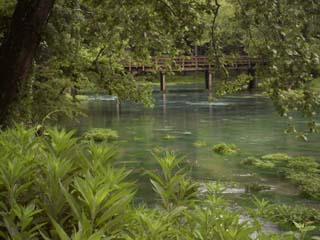
This picture was taken just a few hundreds yards downstream from Big Spring, and already the outflow has spread into a full-sized river. Because the water comes from underground, though, it remains a very consistent temperature year-round, allowing some lush aquatic life to grow.
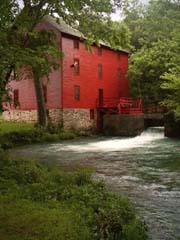
The plentiful supply of flowing water made these giant springs quite useful to the early Missourians. Alley Springs' 81 million gallons a day provided the energy for Alley Mill, which processed grain from regional farmers. The mill, now part of the Ozark National Scenic River complex, has been renovated and the old grindstone is still working.
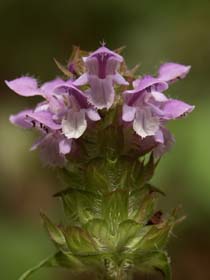
One advantage to visiting the spring country in the spring is the chance to see the spring flowers. This one, called self heal, is a fairly common plant, but a closer look reveals its subtle design.
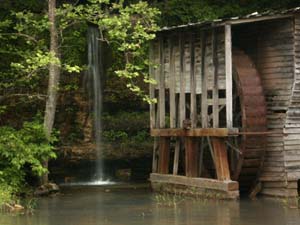
Falling Spring didn't provide as much water as some of the larger springs, but it had the distinct advantage of emerging 20 feet or so above the lake, which made it more useful for providing power. The sluice that once carried the water to the covered wheel has long since disintegrated except for its concrete supports.
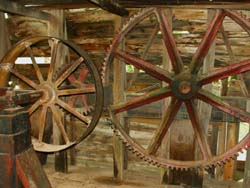
The interior of the mill at Falling Spring is still somewhat intact, including these large gears that drove the leather belts of the grindstones and sawblades used to cut timber into lumber.
